The World Press Photo Contest (WPP) has announced that Japanese photojournalist, Yasuyoshi Chiba, has won the World Press Photo of the Year award for his image, Straight Voice, which shows Sudanese protesters calling for civilian rule during a blackout in Khartoum. Three Australian freelance photographers scored a category placing, with Adam Ferguson winning the Portraits Stories category; Sean Davey coming second in Contemporary Issues Singles; and Matthew Abbott also scoring second in the Spot News Stories category.
Photo of the Year
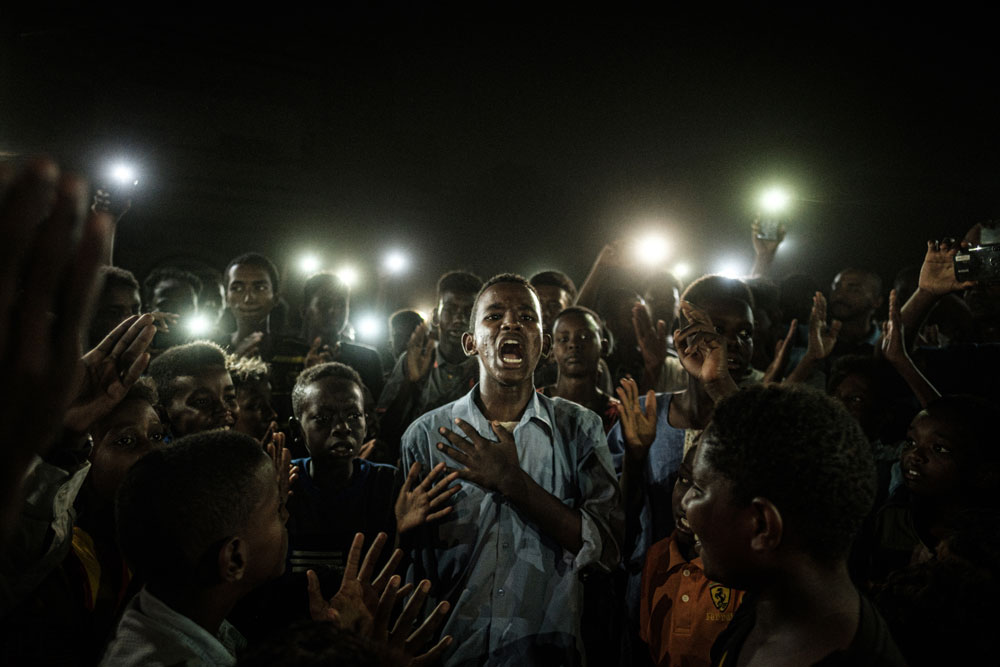
Straight Voice shows a man, illuminated by mobile phones, reciting protest poetry. The judges commended the photo for showing a peaceful moment of hope, rather than violence or conflict.
‘Especially in the time that we’re living in when there’s a lot of violence and a lot of conflicts, it’s important that we have an image that inspires people,’ said Lekgetho Makola, WPP jury chair. ‘We see this young person, who is not shooting, who is not throwing a stone, but reciting a poem. It’s acknowledging, but also voicing a sense of hope.’
Australian photographer and jury member, Chris McGrath, added the photo is ‘a really beautiful, quiet photograph that summed up all the unrest across the globe of people wanting change’.
Yasuyoshi, Agence France-Press chief photographer for East Africa, captured the image on June 19, 2019, and said the protesters were the only peaceful group he encountered during his time in Sudan. ‘I felt their undefeated solidarity like burning embers that remain to flare up again.’
The image also won the General News Singles category.
Escaping bushfires and ISIS trauma
Adam Ferguson’s Portrait Stories win was for his series, The Haunted, which shows displaced minority groups from Northern Iraq, who have been liberated from Islamic State rule but might rebuild their lives.
The project was commissioned by the New York Times Magazine.
Here’s a description of The Haunted:
As the Islamic State group (IS) retreated from territory around Mosul in northern Iraq, thousands of former IS prisoners were liberated, many in severe states of trauma. The photographer has taken posed portraits of displaced Yazidi people and other minorities who had undergone human rights violations perpetrated by IS, in camps for displaced people in the region. The Yazidi religion is monotheistic and can be traced back to ancient Mesopotamian and Abrahamic roots.
‘IS Sunnis considered Yazidis to be devil worshippers. When IS occupied ancestral Yazidi lands in northern Iraq in 2014, its fighters massacred around 5,000 Yazidi men. Women and girls were abducted and forced into sexual slavery, and boys made to train as child soldiers. Some 500,000 Yazidis were displaced. Many now live in refugee camps in Iraqi Kurdistan and Nineveh Governorate in Iraq. Jan Kizilhan, a psychologist working in one such camp at a center for people who survived the atrocities, points to the effects of this severe personal and cultural traumatisation. These include feelings of helplessness and powerlessness, tension, and a variety of physical illnesses.’
Sean Davey’s Contemporary Issues Singles second prize photo, Bushfire Evacuation Center, commissioned by Agence Press-France, shows children playing in a makeshift evacuation centre in Bega, New South Wales, during the catastrophic Australian summer bushfires.
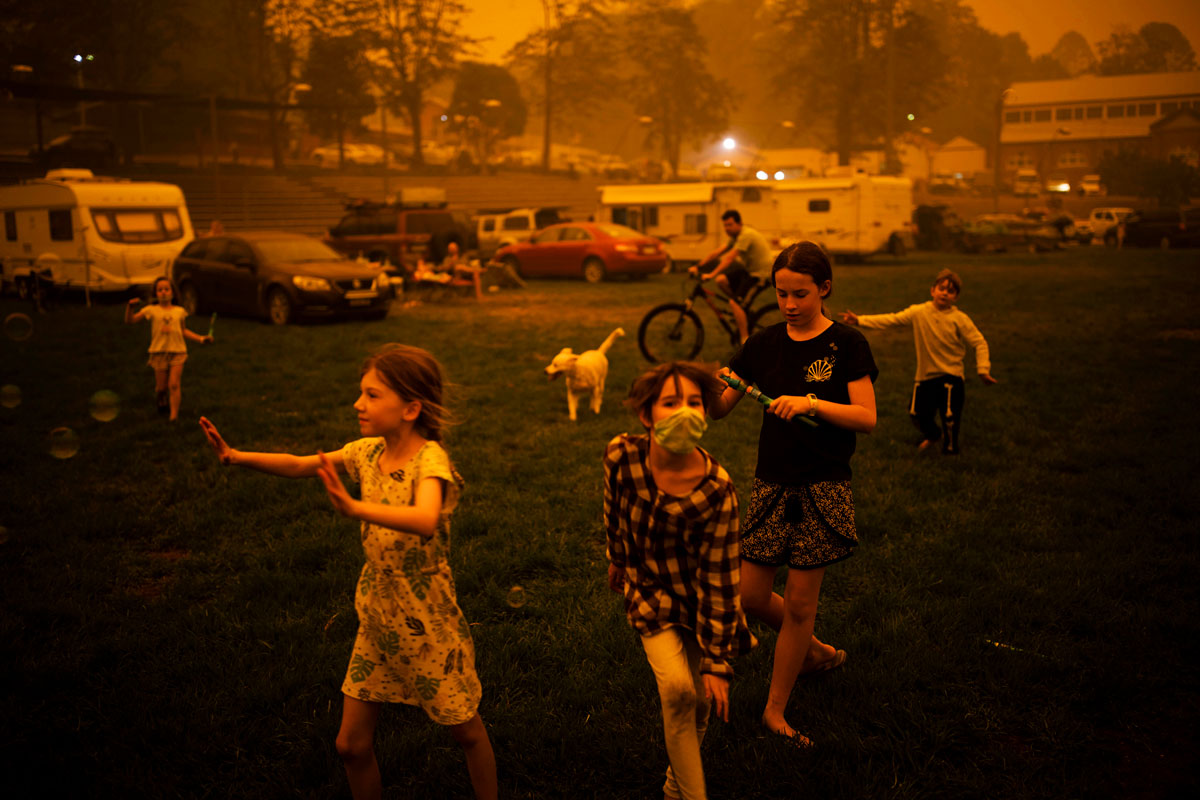
Here is the image description:
Widespread drought conditions, higher than average temperatures and strong winds triggered devastating bushfires in New South Wales and other regions in Australia, well ahead of the usual bushfire season. By the end of January 2020, more than 30 people had been killed, 3,000 homes lost, and around 12 million hectares of land burned (nearly three times the size of the Netherlands).
The months from February 2017 to the end of 2019 had been the driest on record in New South Wales for any 36-month period. University of Sydney scientists were among those who saw the drought, low humidity and westerly winds as part of the climate emergency. Australian prime minister Scott Morrison faced a public backlash for his response to the fires and for his continuing reluctance to link them to Australia’ s climate policy.’
Matthew Abbott’s Spot News Stories second prize series, Australia’s Bushfire Crisis, was picked up by the New York Times.
‘The annual fire season in Australia began early and was exceptionally severe – following months of record-breaking drought and fanned by strong winds. Far stronger wildfires than usual, mostly battled by volunteer firefighters, raged through New South Wales and Victoria as well as areas in South Australia and Queensland, laying waste to bushland and rainforest and destroying homes.
‘By the end of January 2020, more than 30 people had been killed, 3,000 homes lost, and around 12 million hectares of land burned (nearly three times the size of the size of the Netherlands). Wildlife was harshly hit. Local scientists estimated that up to one billion animals perished, and more than 50 percent of the Gondwana rainforest traversing New South Wales and Queensland was burned. In December, whilst the intensity and speed at which many bushfires were spreading increased, Australian prime minister Scott Morrison went on holiday to Hawaii, and was prompted to return only after the death of two volunteer firefighters. He continued to champion a pro-fossil-fuel policy and held back from linking the fires to the climate crisis.’
The World Press Photo Story of the Year award goes to French photographer, Romain Laurendeau, for his black-and-white series, Kho, the Genesis of a Revolt, captured in Algiers, Algeria, and follows the youth uprising. The series also won the Long Term Projects category.
‘Young people make up more than half of Algeria’s population, and according to a UNESCO report 72 percent of people under 30 in Algeria are unemployed. Pivotal moments in Algerian history, such as the ‘Black October’ revolt of 1988, have had angry youth at their core. Black October was harshly suppressed—more than 500 people were killed in five days—and was followed by a ‘black decade’ of violence and unrest. Thirty years on, the effects of that decade are still present. In a traumatized country, high unemployment leads to boredom and frustration in everyday life and many young people feel disassociated from the state and its institutions. In neglected working-class neighbourhoods such as Bab el-Oued in Algiers, young people often seek refuge in diki—private places that are ‘bubbles of freedom’ away from the gaze of society and from conservative social values. But the sense of community and solidarity is often not enough to erase the trials of poor living conditions. In February 2019, thousands of young people from working-class neighbourhoods again took to the streets in what became a nationwide challenge to the reign of long-time president Abdelaziz Bouteflika.
Kho (the word means ‘brother’ in colloquial North-African Arabic) is about the genesis of a revolt. It is the story of the deep unease of youth, who, by daring to challenge authority, inspired the rest of the population to join their action, giving birth to the largest protest movement in Algeria in decades.’
This year there were over 73,000 photos submitted by 4282 photographers, with 30 of the 44 winners taking a top prize for the first time.
Here’s a selection of category winning photos.
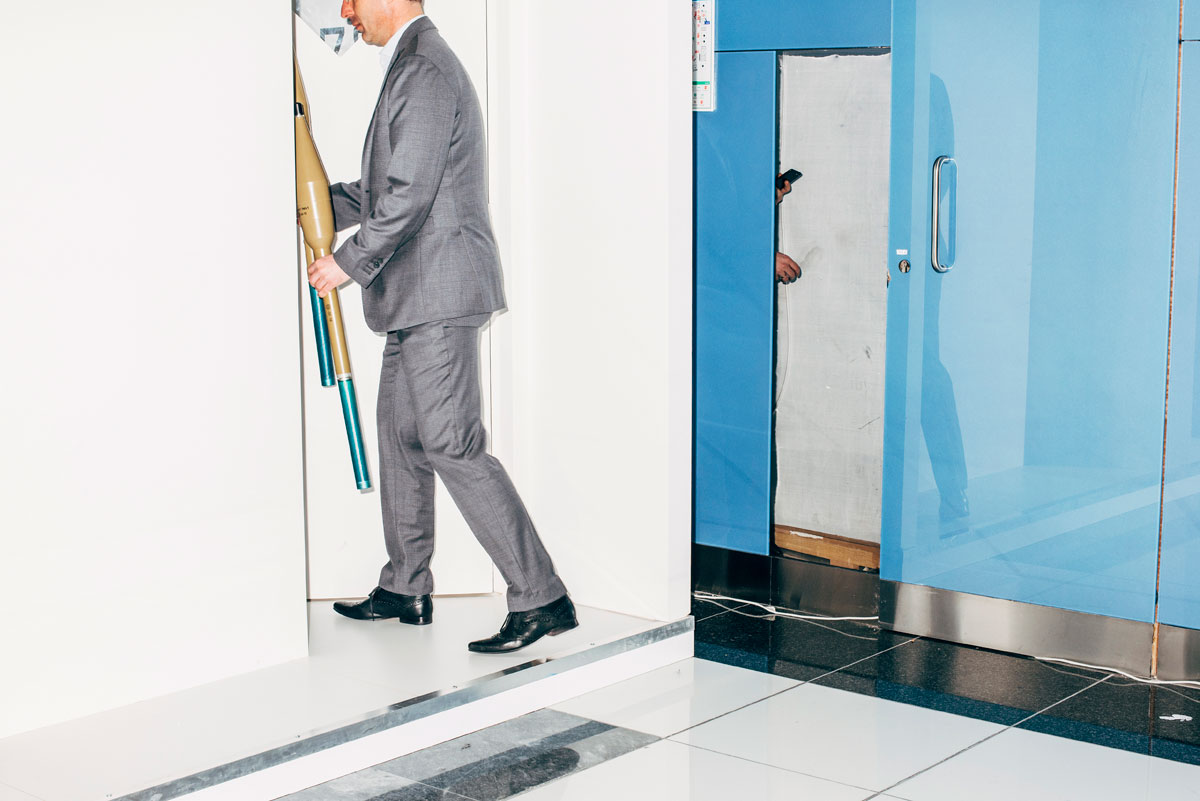
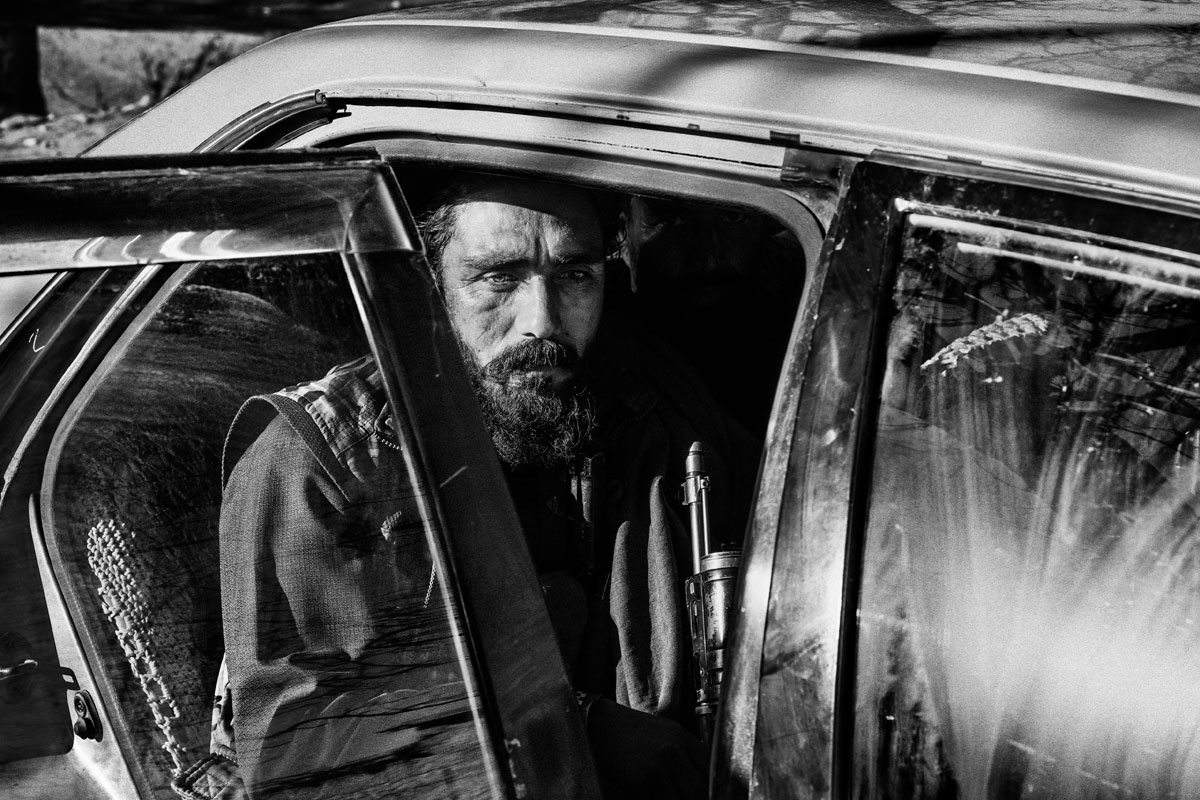
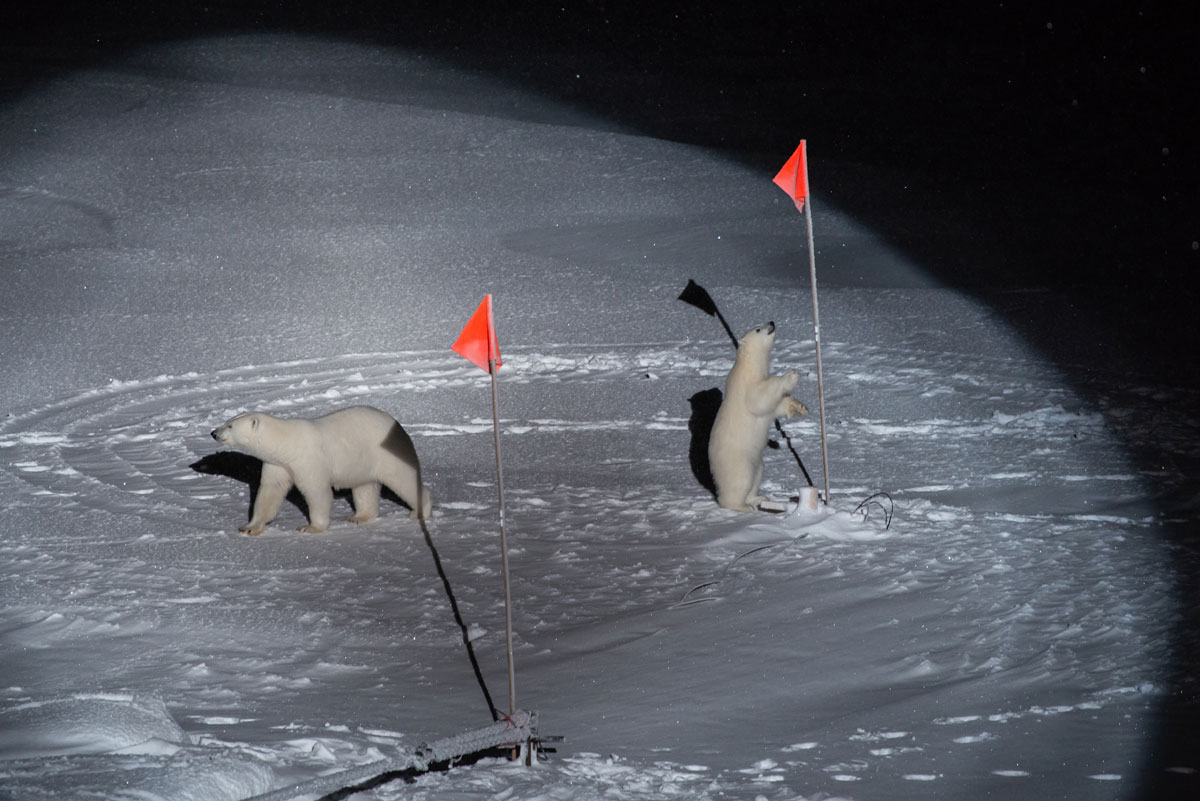
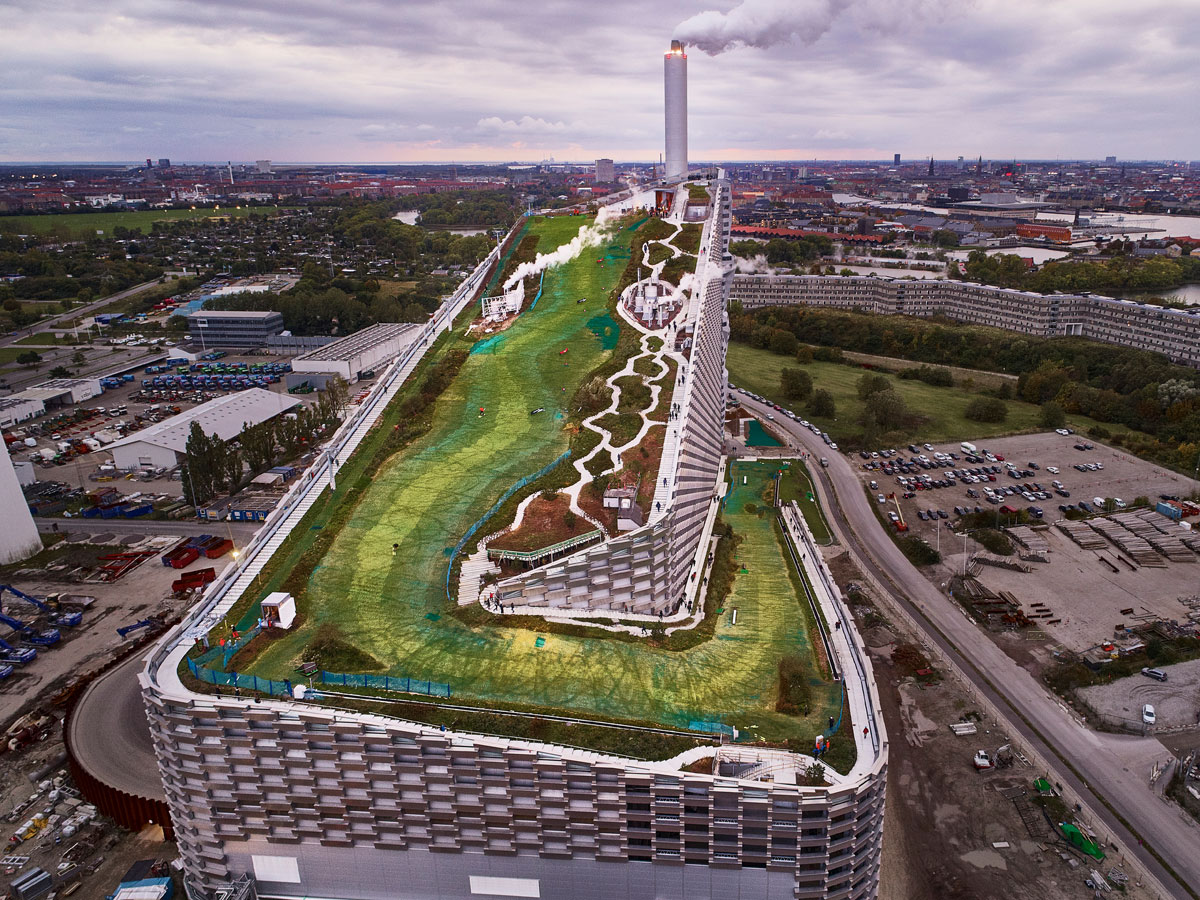
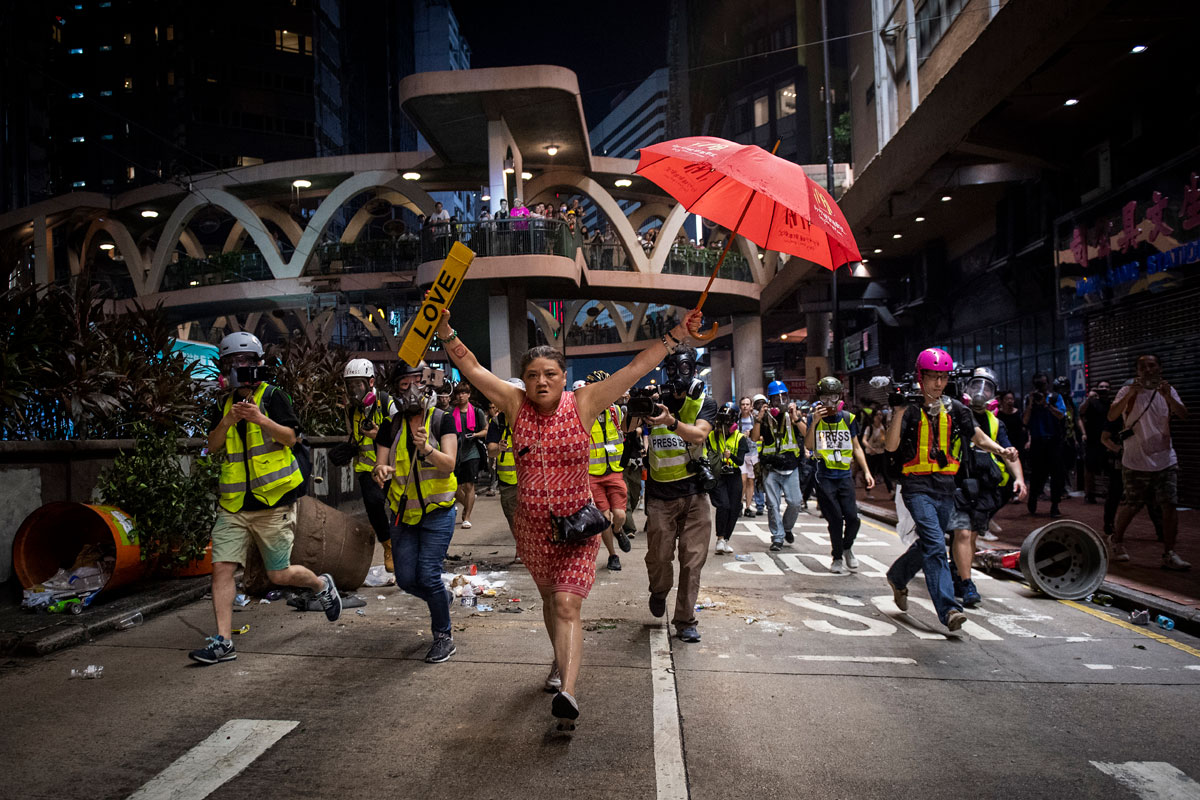
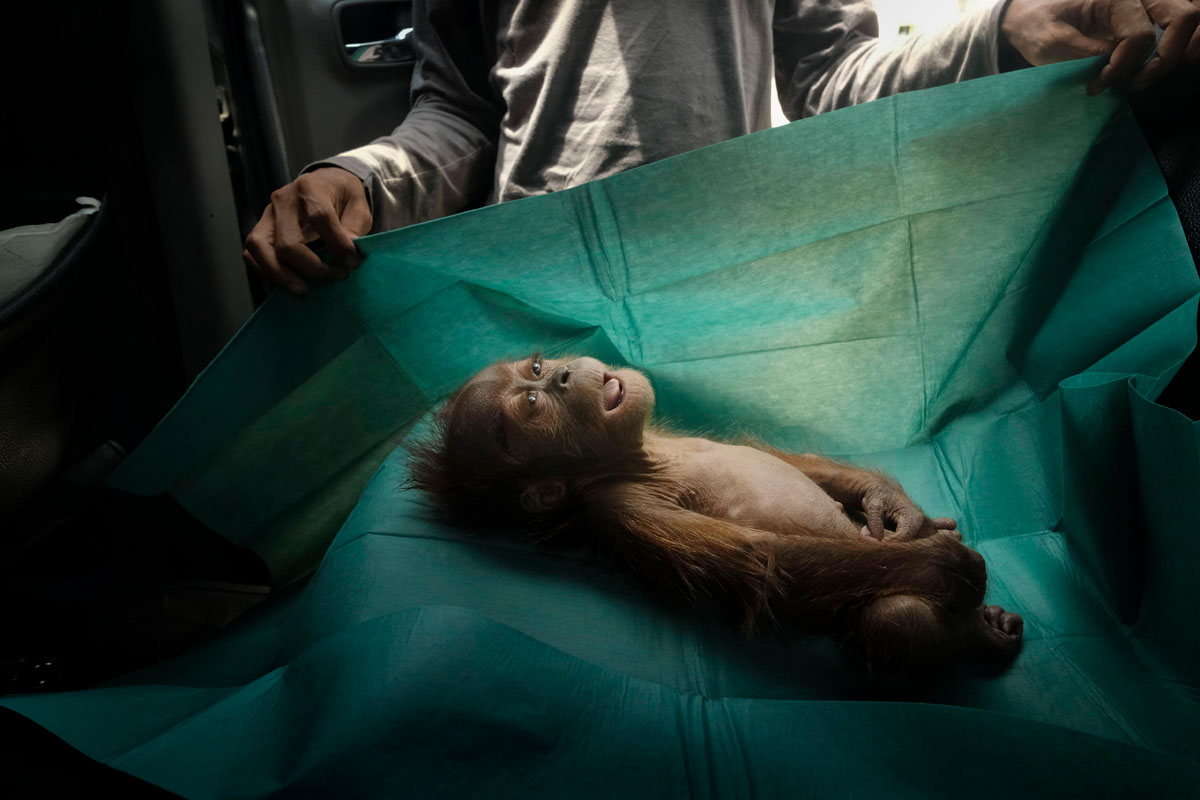
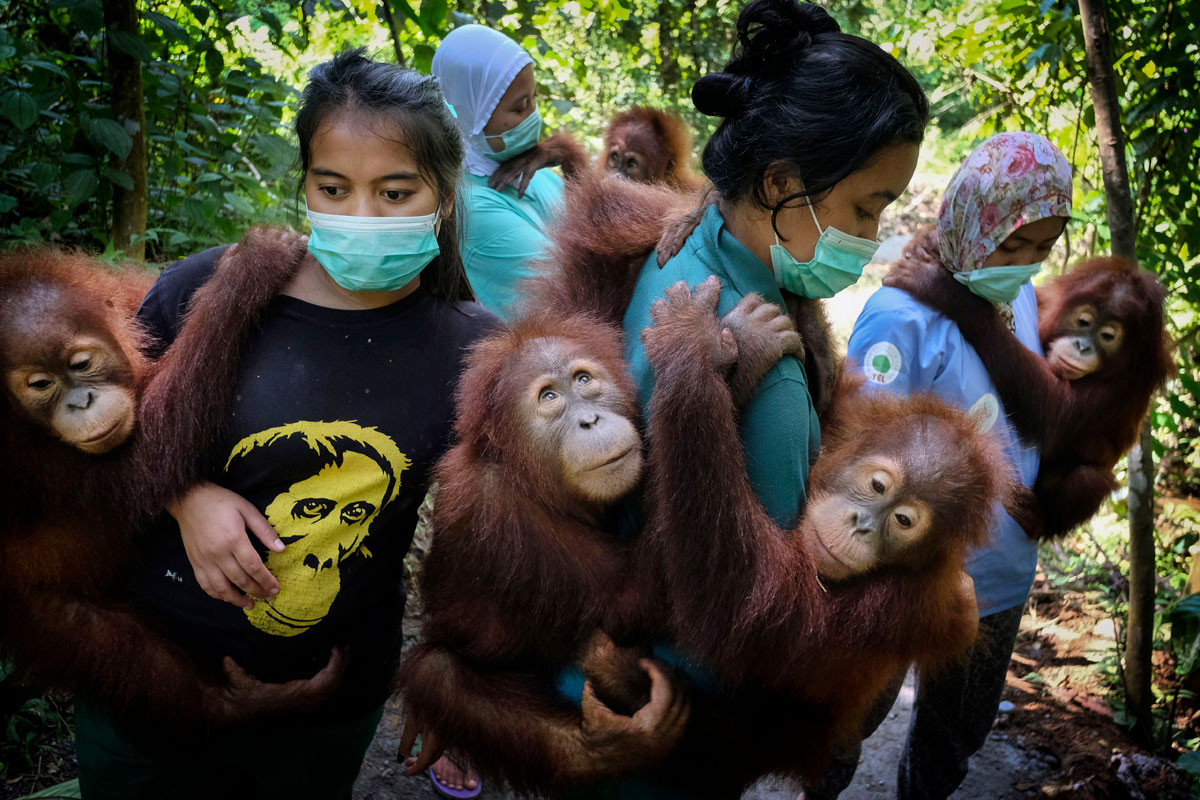
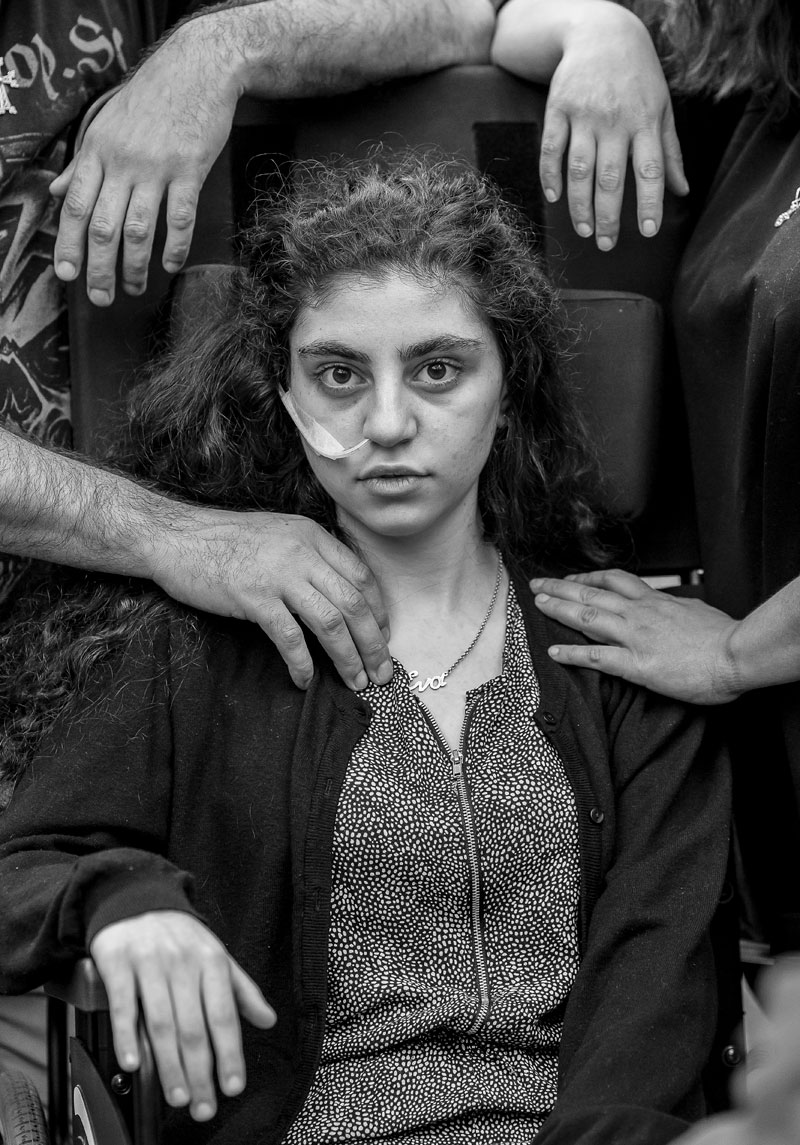
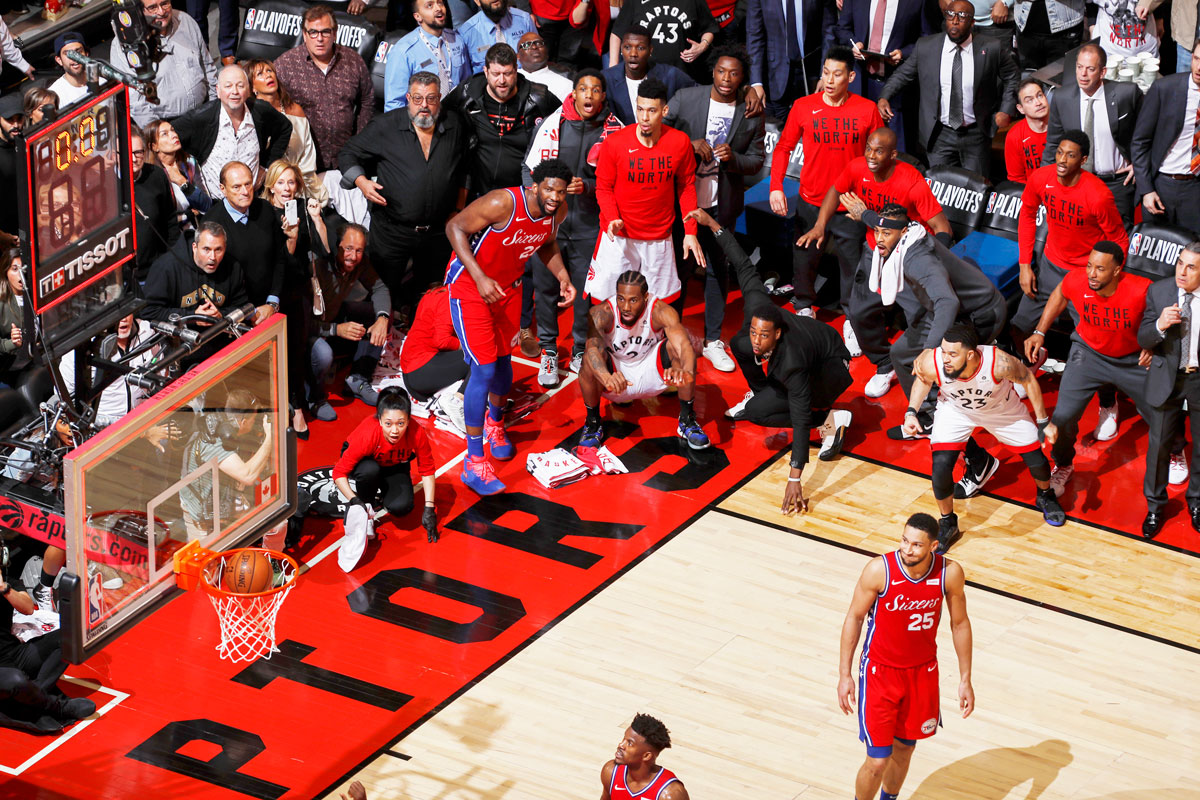
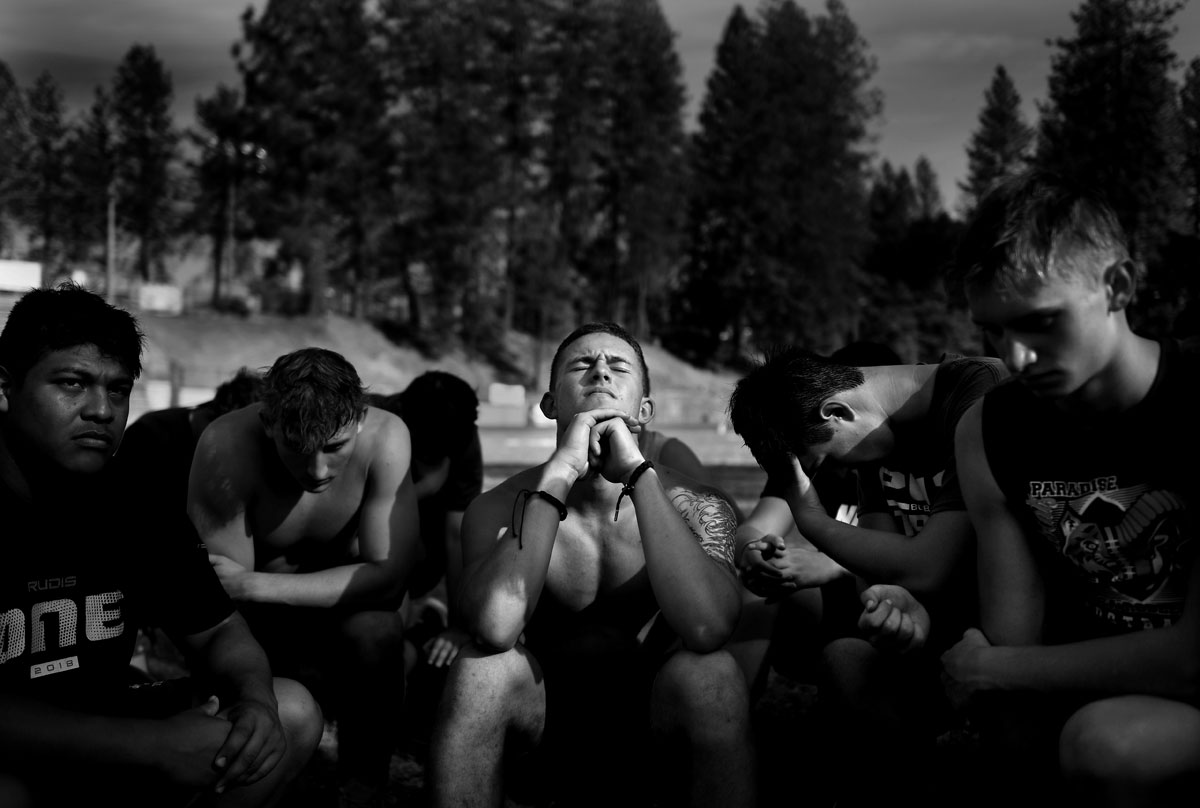
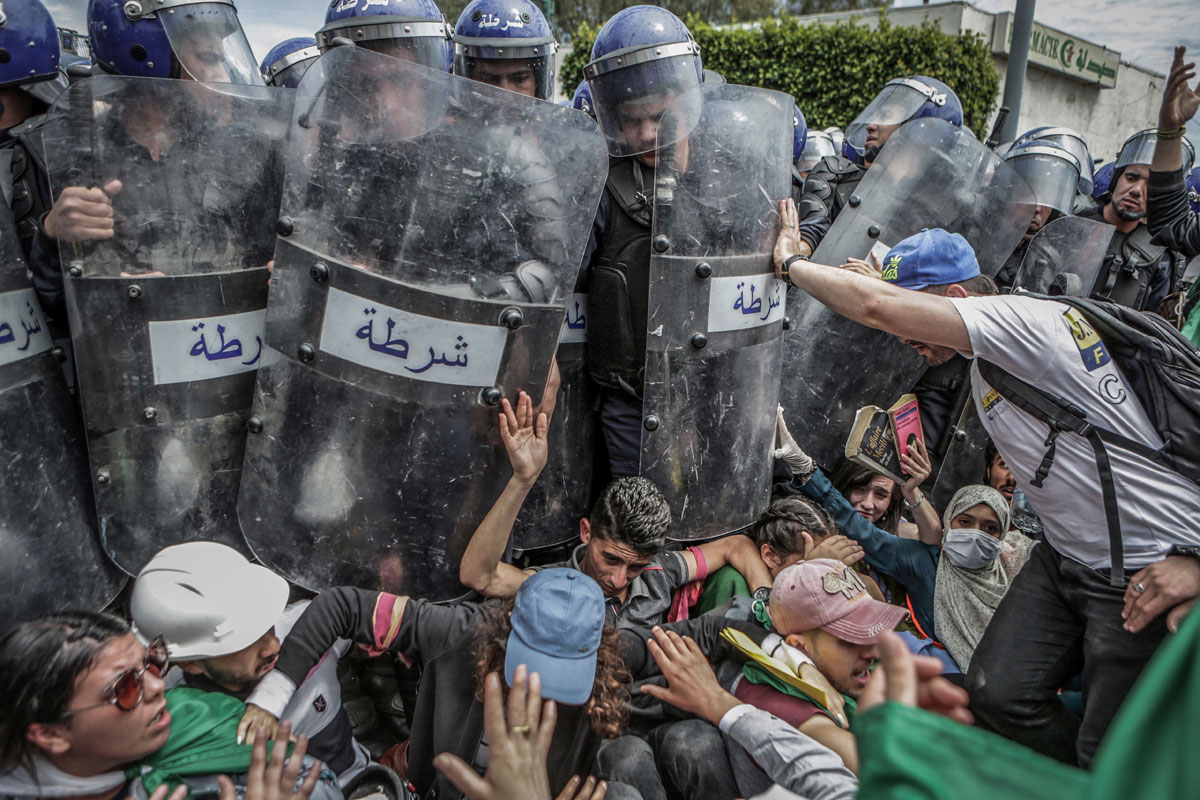
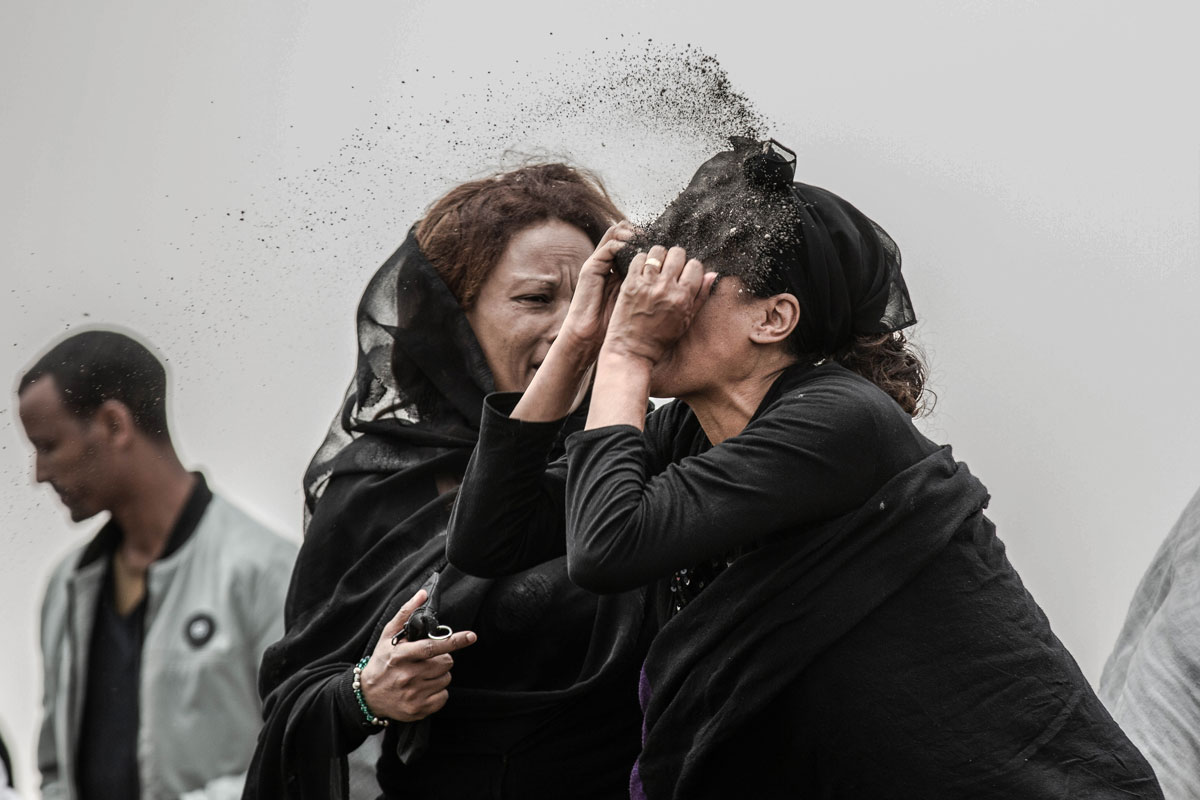

















Be First to Comment